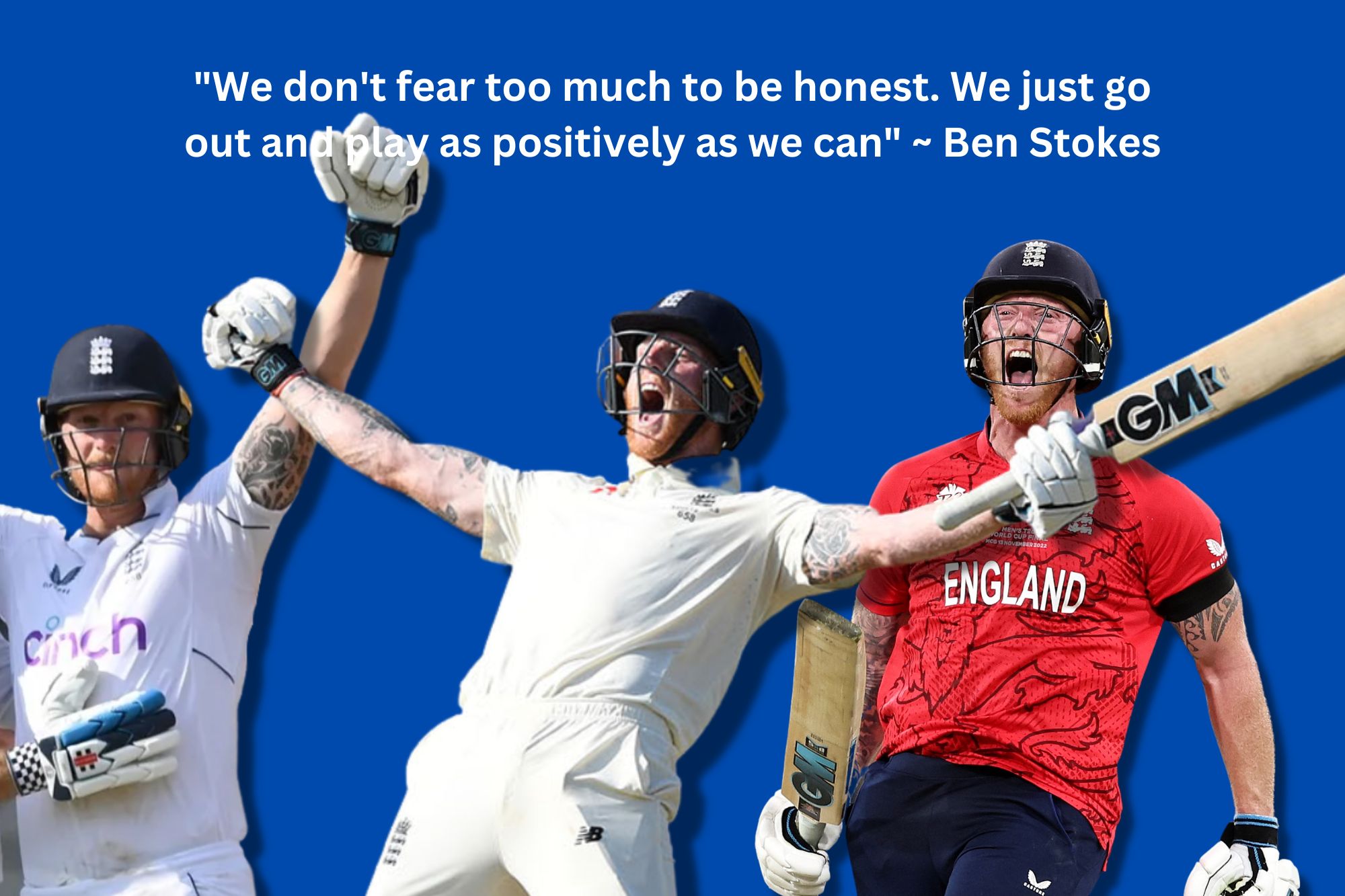
In the third post of this series, I recall 20 years ago when conversations with various people massaged ‘an idea for a business’ into a business itself …
Before the idea was born, there was context. Then – spookily – an unforgettable comedic event would herald the idea.
Now, the idea needs testing. Could it become an actual business? What problem would be solved for customers, and why would they pay? What did the existing market look like? Were there any competitors and threats (there always are)? What skills and experience would we need on board if we are to launch this thing? Who would build it? How much money would we need to get this off the ground?
A gazillion such questions occupied our thoughts in those early weeks and months in mid-1999.
I was still teaching – but the buzz had gone out of it for me. My co-founder Nick did some relief teaching at the same school, and we chipped away at the idea in our spare time. I would drive to his place one evening a week or he to mine, and we’d spend a half day every weekend on it.
We drew out some sample pages for what we wanted in a map-based property search website. We researched existing sites, and map data, and the tech behind mapping (which is GIS, apparently). Nick even walked onto UWA campus and knocked on the door of a GIS Professor. She told him that what we wanted to do was eminently possible.
We approached our former MBA professors, to see if we were ‘mad’ or actually had something that might have legs. One of them sat us down in his leather sofa’d study in Nedlands surrounded by shelves of hard back volumes. We showed him our one page of bullet points for what we had called ‘Real Simple’.
We wanted to “make real estate simple”. Make it easy to find properties for sale or rent, all on interactive, zoomable maps of Perth.
You’d be able to see the properties (colour coded depending on whether they were for sale or rent) on maps, plus see the local parks, schools, roads and transport routes. All the things people actually want to see when they are choosing a place to live. After all, we figured, people buy into the lifestyle of the suburb, as much as the property itself.
The Professor made encouraging noises, but there was much work to be done. He wanted to see a proper business plan, cash flow projections. ‘Come back with something a little more fleshed out, and we can discuss it,’ he said.
Unfortunately, the ‘realsimple.com’ domain name was already being used by a Californian IT company. Today, it seems to be a home and lifestyle magazine.
We thought ‘PerthHome.com’ would be good, the domains were available, but the 2 ‘h’s in the middle looked odd, and you could hardly go with ‘Perthome.com’. Anyway, we thought the idea had potential beyond just Perth, so we landed on ‘aussiehome.com’.
We liked the ring of it, and we could play on the ‘aussie’-ness of the brand. (‘Want to find your next Aussie home?’) The .com was available, so we grabbed it. Later the ‘.com.au’ domain also became available, so we had both.
We then set up the business using the ASIC website, aussiehome.com Pty Ltd, with Nick and I as 50:50 shareholders. We decided to put a few thousand up each to cover admin and other out of pocket expenses.
Looking back now, we were a little too trusting. How well did I know Nick, or he know me? Going into business is a big step, and I’m not sure we had “the conversation” about each other’s rights and expectations. We certainly did not draw up a shareholder’s agreement between us, nor had any exit plan, should, for any reason, one of us want to leave.
Naive you might say. A mistake, certainly. It would later turn out, when things got very tough in those early trading months and years in 2000 and 2001, that we both felt ‘stuck’ with the business and each other. There was no exit, no way out, except to make it a success. Perhaps that drove us on. Maybe it was brilliant, in hindsight, or we just got lucky..?
For now though, it felt like the start of an exciting new adventure. We weren’t thinking of the worse case, we were solving problems and pushing it forward.
We spoke with people we trusted about the idea, and after each conversation we’d learn something more about our business. Talking it out really helped. As a general rule, people don’t steal your idea. They are busy living their own lives. Pick who you tell, for sure, but don’t keep everything to yourself.
I would later learn this through the excellent ‘Cluetrain Manifesto‘ book, which was published that same year. It would come to define markets as just as ‘series of conversations’ between people. If you think about it, every market is just people talking with each other, persuading each other, selling to each other, buying from each other (or not).
During these weeks and months – it took 7 months from that Dame Edna night to our official launch in December that year – I had the feeling that something would eventually derail us. A door would be closed in our face, and we’d think ‘Agh well, it was a good idea, but it was not going to work.’
Quite the opposite happened. We seemed to open every door put in our way. And so we marched on.
As hard as we looked, we could not find a map-based property website anywhere (in the world). This was 6 years before Google Maps was launched (interestingly, in Sydney, Australia).
Property websites, such as they were, had very little content on them, hardly any listings, and seemed to be out of date and very clunky to use. Certainly in Western Australia, there was little direct online competition to concern us. We were more worried about someone else getting out there with our idea, than the incumbents. Or perhaps the main newspapers getting in on the act. They would have most to lose, and could have owned this space if they wanted to. As it would turn out, they didn’t, much to their cost.
As we researched the tech, we found a local GIS consulting company that could build a prototype for around $50-$70K. Take an isolated mining town like Perth and there you shall find GIS expertise. We happened to living in a global GIS centre.
We figured we needed to raise $125K or so to have enough get us to launch. We wrote various drafts of a business plan, and spent more time on the tech, acquiring the required map databsets and the like.
As two co-founders we had a lot of energy and drive for the project, but between us we had little or no experience in real estate, technology or business. Nick had done property deals before, but was mainly a hedge fund dealer and investor. I was an Economics teacher. We had few contacts in business or real estate in WA. We had few business connections in Perth.
But one thing we could do was talk. And so we did…
~~~




[…] the idea, there was context, an unforgettable comedic event before we talked to people we trusted about our […]